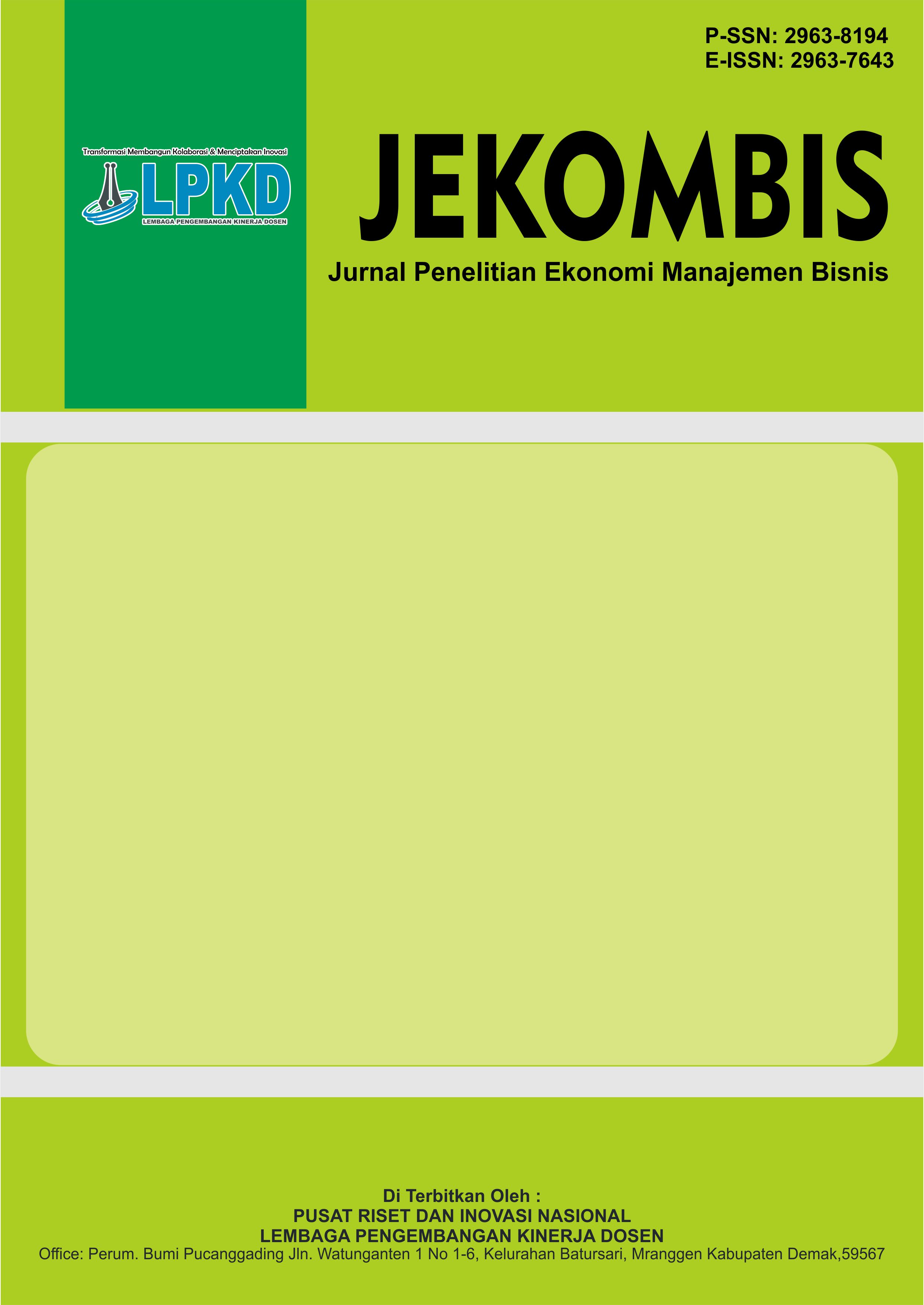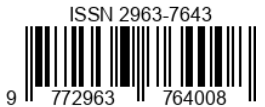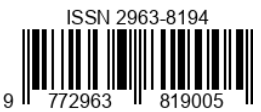Valuta Asing: Peran dan Fungsinya dalam Sistem Pembayaran Internasional
DOI:
https://doi.org/10.55606/jekombis.v4i2.5165Keywords:
Foreign exchange, Functions of foreign exchange, International means of payment, Scope of currency usageAbstract
Foreign exchange (forex) plays a crucial role in facilitating cross-border economic activities, particularly within the international payment system. Forex serves not only as a means of international payment but also as a medium of exchange and a tool for controlling currency exchange rates. Its presence enables smoother international transactions and supports macroeconomic stability. This study aims to examine the definition of forex in the context of the global economy, analyze its functions as a payment instrument, a medium of exchange, and an exchange rate control mechanism, as well as to discuss the fundamental differences between forex and local currency. These differences are reviewed in terms of their characteristics, usage, and impact on the national economy. The research uses a descriptive method with a literature study approach as the primary data source. The findings indicate that forex holds a strategic role in supporting international trade activities and serves as an essential instrument in monetary policy decision-making by financial authorities. Therefore, a thorough understanding of the role and function of forex is crucial for economic actors to effectively respond to global market dynamics and maintain national economic stability.
Downloads
References
Avedish, D., Wibowo, F. T., Azmi, N. U., Nada, Q., & Sarpini, S. (2025). Peran nilai tukar rupiah dan fluktuasi valuta asing terhadap ketahanan ekonomi Indonesia. Jurnal Kajian dan Penalaran Ilmu Manajemen, 3(1), 223–235.
Bank for International Settlements (BIS). (2019). Triennial central bank survey of foreign exchange and OTC derivatives markets in 2019. https://www.bis.org/statistics/rpfx19.htm
Bekaert, G., & Hodrick, R. J. (2018). International financial management. Cambridge University Press.
Iskandar, S. (2013). Akuntansi perbankan dalam rupiah dan valuta asing. IN MEDIA.
Krugman, P. R., Obstfeld, M., & Melitz, M. J. (2015). International finance: Theory and policy (10th ed., Global ed.). Pearson Education Limited.
Mishkin, F. S. (2018). The economics of money, banking, and financial markets. Pearson Education.
Pilbeam, K. (2020). International finance. Red Globe Press.
Rahardjo, H. (2020). Stabilitas ekonomi dan cadangan devisa dalam sistem moneter internasional. Jurnal Ekonomi dan Kebijakan Moneter, 15(2), 90–106.
Rianda, C. N. (2019). Pasar valuta asing serta analisis pengelolaan valuta asing di Indonesia. AT-TASYRI’: Jurnal Ilmiah Prodi Muamalah, 11(1), 81–88.
Royanda, R., Kumala, T., Al Fatin, F. Z., & Wati, I. (n.d.). Valuta asing dalam pengembangan ekonomi. [Publikasi tidak lengkap—perlu tambahan informasi penerbit/jurnal].
Saleh, L. (2016). Perubahan nilai tukar uang menurut perspektif ekonomi Islam. Li Falah: Jurnal Studi Ekonomi dan Bisnis Islam, 1(1), 68–79.
Suriyanti, S., Satriani, S., Sabnur, A. A., & Hasrianti, F. (2023). Hubungan inflasi, suku bunga dan nilai tukar dalam penentuan nilai tukar valuta asing. Jurnal Mirai Management, 8(3). [Halaman tidak dicantumkan]
Tahir, M. (2023). Penggunaan mata uang asing sebagai alat transaksi jual beli di wilayah perbatasan Indonesia [Disertasi doktoral, Universitas Muslim Indonesia].
Yuliana, L. (2022). Peran valuta asing dalam stabilitas moneter dan perdagangan internasional. Jurnal Ekonomi Global, 14(1), 45–58.
Zahwa, N. A., dkk. (2023). Pasar valuta asing dan sistem nilai tukar. Jasmien, 3(2), 42–47.
Downloads
Published
How to Cite
Issue
Section
License
Copyright (c) 2025 Jurnal Penelitian Ekonomi Manajemen dan Bisnis

This work is licensed under a Creative Commons Attribution-ShareAlike 4.0 International License.







